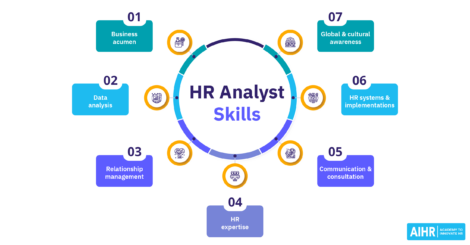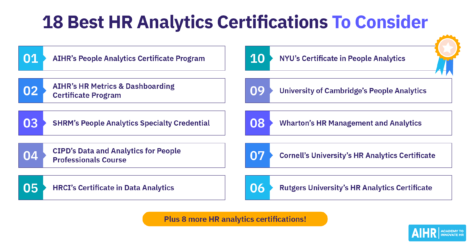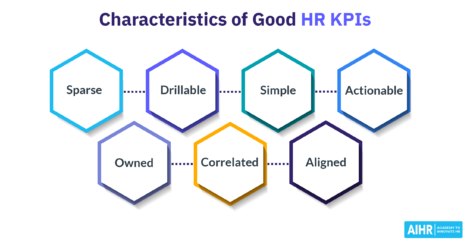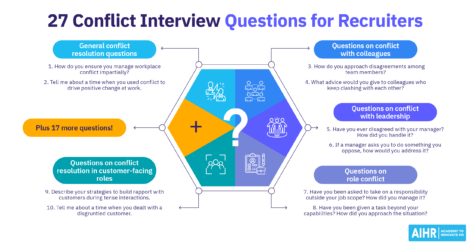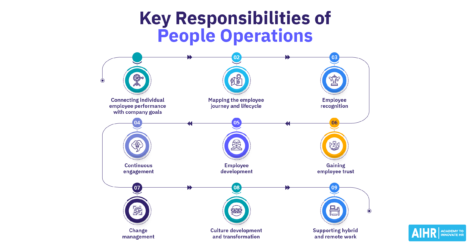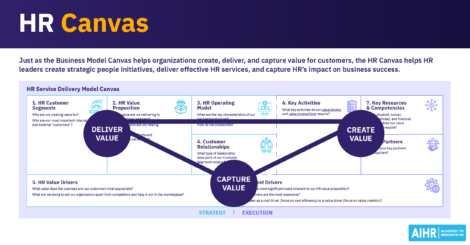Understanding Employee Churn and How To Manage It Effectively
Forty-two percent. According to a recent report by Gallup, that’s how many employees left their organization voluntarily in the past year and claimed their organization could have done something to prevent it. Employee churn can be managed effectively – with the right strategy.

Employee churn leads to disruption in the workplace, increases in recruitment costs, and a loss of productivity—all of which can negatively impact the organization as a whole and hinder the ability to meet short—and long-term objectives.
A report by Gallup shows that 70% of the employees who claimed their departure was preventable expressed that a change in actions related to how they are managed could have changed their minds.
So, what exactly is employee churn, why does it happen, and what employee retention strategies can you utilize to reduce it in your organization and keep your workforce happy, engaged, and motivated?
Contents
What is employee churn?
Churn vs. turnover vs. attrition
How to calculate employee churn
The cost of employee churn
Causes of employee churn
Impact of high employee churn
Employee retention strategies to prevent employee churn
What is employee churn?
Employee churn – sometimes called staff churn or job churn – refers to the number of employees who leave your organization over a specific period, including both attrition and staff turnover.
This means that your employee churn figure includes everyone who leaves the business, whether you plan to replace them or not.
The term “employee churn” is most commonly used in industries that have high-volume hiring and/or fast-paced environments where workforce changes occur frequently, like customer service, call centers, retail, and hospitality. Compared to “turnover” or “attrition,” “churn” tends to emphasize the transactional or cyclical nature of employees leaving and being replaced.
Churn vs. turnover vs. attrition
Employee churn
Includes both turnover and attrition, providing a holistic view of workplace flux
Focuses on volume and speed, suiting industries with large, transient, or transactional workforces
Includes both voluntary and involuntary departures
Employee turnover
Employees who leave and are replaced
Widely used across HR and corporate settings, especially in industries with structured HR departments
Includes both voluntary and involuntary departures
Employee attrition
Employees who leave without plans to replace them
Only includes voluntary departures, or those that occur naturally, often tied to downsizing or workforce reduction
Typically includes voluntary departures
How to calculate employee churn
To calculate the employee churn rate for your organization, use the following formula:
Churn Rate (%) = (Number of Departures ÷ Total Remaining Employees) x 100
For example, if you have 100 employees, and five of them leave in one quarter, your churn rate would be 5%.
The cost of employee churn
Although it’s natural – and sometimes beneficial – for people to leave your organization, a high churn rate can have serious financial, operational, and reputational consequences for any business.
Gallup indicates that voluntary turnover costs U.S. companies $1 trillion every year. The voluntary turnover rate has averaged at 18.5% across the past three years. That means that a company with 250 employees would see approximately 46 employees leave in a year (250 × 0.185).
Assuming an average annual salary of $50,000, the cost of replacing each employee could range from $25,000 to $100,000 (one-half to two times the yearly salary).
This means the total annual turnover cost for the company could range from $1,150,000 to $4,600,000 (46 employees × $25,000 to $100,000 per replacement).
Causes of employee churn
Here are some of the main causes of employee churn.
- Inadequate compensation and benefits package: Although the new generation of employees prioritizes various aspects of a job over compensation packages, it’s still important to pay them fairly and competitively, and can mean the difference between an employee staying in your company or leaving for a competitor.
- Poor workplace culture: A toxic workplace, lack of diversity and inclusion, or ineffective communication are all common reasons why employees leave.
- Lack of career development opportunities: Most employees want to be in a job and company where they can learn, grow, and progress in their careers. Without training and development programs and a clear path for progression, you risk losing out on top talent.
- Burnout: Excessive workloads, demanding deadlines, lack of support, and a poor work-life balance can lead to employees burning out, which is increasingly a driver of workplace departures.
- Absence of recognition: Employees want to be recognized and rewarded for their efforts at work. When they’re not, it can quickly lead to feeling undervalued and unappreciated, which leads to disengagement and a high risk of employees eventually leaving.
- Rigid work policies: Since the pandemic, workers have been reassessing their priorities. Many more are searching for flexible work options, either hybrid or remote, or with flexible scheduling for frontline employees. Companies with strict in-office and 9-5 policies risk losing their best employees to competitors who have adopted a more flexible way of working.
- Weak leadership: People don’t quit their jobs; they quit their managers. Ineffective and unsupportive management is a key contributor to employee churn, which is why effectively training your leaders is essential.
Reduce employee churn with data-driven insights
Understanding why employees leave—and how to retain them—is key to building a stronger workforce. With the right analytics skills, you can spot trends, predict turnover, and take action before it’s too late.
With AIHR’s self-paced People Analytics Certificate Program, you’ll learn how to use data to identify retention risks, optimize engagement, and build a more resilient workforce. Take control of employee churn with strategic, data-backed decisions.
Impact of high employee churn
Employee churn isn’t always negative, as it can bring fresh perspectives, new skills, and opportunities to align the workforce with evolving business needs. However, an excessively high churn rate can negatively impact organizations in many ways, such as:
Financial strain
Losing an employee that you need to replace can lead to significant costs, including recruitment, training, onboarding, and productivity loss.
As we’ve mentioned above, the average cost of replacing an employee is usually between one-half and two times the departing employee’s annual salary. This figure is likely to rise during a tight labor market when unemployment is low or for hard-to-fill roles, as it will often take longer to find the right talent.
Loss of institutional knowledge
Every time a good employee leaves – particularly one who has been with the company for a significant period – they often walk away with a variety of knowledge, skills, and abilities that are an asset in your workplace.
This means that your new hires’ productivity levels will likely be lower, and it will take them months (maybe years) to build their knowledge and skills to the same level.
Lower productivity
Employee churn often leads to a gap in a team, meaning that there are not enough workers to complete all the work that needs to be done. This can place extra strain on other team members to bridge the gap while a replacement is found, usually without any extra compensation, which often impacts their quality of work and ability to complete their designated tasks on time.
Naturally, this results in employees feeling unappreciated and overwhelmed, which can lead to burnout and further churn.
Slower business growth
If you constantly have gaps in your workforce and are trying to fill vacancies, it can create an unstable work environment where your efforts are focused on putting out fires rather than supporting the wider strategy and goals of the organization. This stunts growth and makes it difficult to maintain a clear long-term vision.
Impact on employee morale
If too many employees leave, it can negatively affect the morale of the people who stay, create uncertainty, and affect motivation. It signals to employees that something is wrong or that better opportunities can be found at other organizations, which can lead to further churn.
Damage to your reputation
High employee churn can also damage your employer brand by indicating to jobseekers that there are problems in your culture, work environment, or business stability. This can make it increasingly difficult to attract new talent and retain customers and clients, and it can take significant effort to bounce back.
Employee retention strategies to prevent employee churn
Here are some of the strategies HR can implement to reduce employee churn in the workplace.
1. Foster a positive workplace culture
One of the most effective ways to prevent employee churn is to create a thriving, inclusive organizational culture where all employees feel a sense of belonging and purpose.
- Start by clarifying your core values and ensure you’re hiring people who are a good fit for your values and the culture you want to build
- Be honest and clear in your communication at all levels so that employees feel respected and valued
- Ensure that employees understand how their role and efforts align with and support the wider goals of the business.
2. Offer career growth opportunities
To reduce employee churn, focus on offering employees ways to grow, develop, and progress within your organization. This includes:
- Training programs
- Workshops and lectures
- Coaching and mentoring – NASA’s “Mentoring Matters” program uses a mix of webinars and group sessions through an online platform that supports both mentors and mentees
- Blended learning
- Soft skill development.
Gallup and Workhuman reported that 60% of employees who recently learned a new skill did so because it enabled them to perform more effectively at work, while 51% viewed it as an opportunity to learn and grow. Investing in your employees’ growth is an investment in the growth of your organization.
3. Recognize and reward employees
Recognizing and rewarding employees for their efforts and achievements helps to build a culture of appreciation where your workforce feels valued. Research shows that employees are 56% more likely to stay in an organization that has an effective recognition program.
So whether it’s a monetary bonus, a shout-out during a meeting or on social media, a gift, or something else, start investing in noticing and celebrating employees who go above and beyond – it will boost their engagement and connection to the organization’s success.
4. Introduce flexible work options
Employees value freedom and flexibility – in fact, 91% of workers told Gallup they would prefer not to return to their office full-time after working from home during the pandemic. Flexible working arrangements allow employees to manage childcare and pets, avoid commuting during rush hours, spend less time traveling to and from work, and work when they’re most productive.
HR tip
While you may not be able to go fully remote, you could consider a hybrid model where employees work remotely one to three days per week, allow them to choose their working hours, or even reduce the working week to four days like Buffer.
5. Train leaders to manage their teams effectively
Poor management is one of the primary causes of employee churn. HR and leadership must work together to manage it effectively. While HR provides the tools, training, and strategies, leadership implements them directly within teams, creating a strong impact on employee retention.
Address any current issues in your organization with managers and leaders, give them constructive feedback, and train them to lead with openness, honesty, empathy, and fairness.
Ensure there’s always a way for your employees and managers to give and receive feedback – not just in annual performance reviews – so that issues can be addressed quickly and not left to grow. 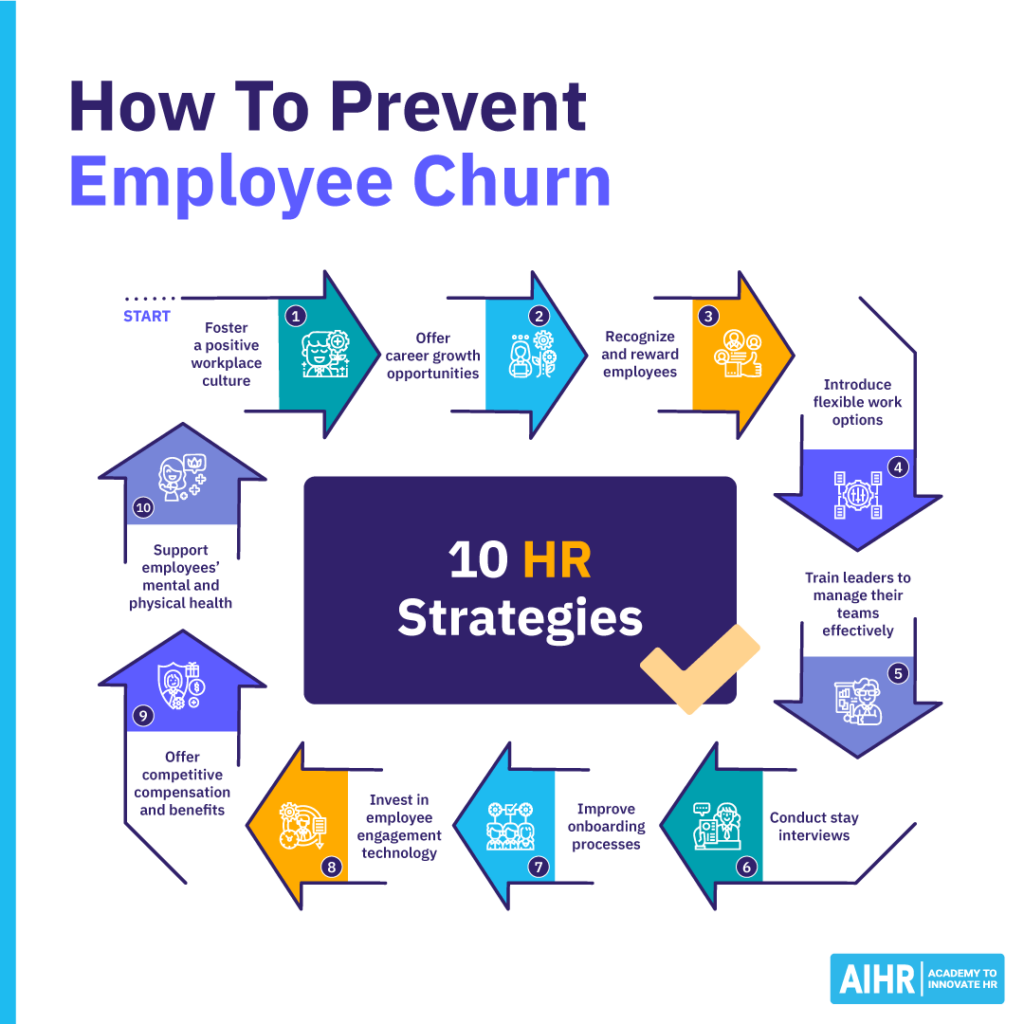
6. Conduct stay interviews
By the time you conduct an exit interview, your employee is ready to depart, which means you’re too late collecting feedback! Stay interviews can help you uncover problems in the workplace, address them sooner, and retain your best employees.
Ask questions that help you understand what you’re doing well as an organization and what you can do better. Don’t let this valuable feedback go to waste – act on it.
7. Improve onboarding processes
An effective onboarding program creates a positive, long-lasting first impression for new hires, helps them understand their role, integrate with their team, and equips them with the tools and skills they need to succeed. Remember that onboarding should begin the moment your employee signs their employment contract and usually lasts around three months to one year after they start.
Pinterest’s “Knit SF” onboarding strategy focuses on collaboration. New hires engage in icebreakers with peers and meet cross-disciplinary team leaders, encouraging them to get to know colleagues who are in and out of their immediate team. This helps build a strong sense of community where everyone is a big team.
Improving your recruitment process also has a positive impact on retaining your employees.
Retention starts at first sight. The experience that employees have with the organization starts from the moment they become aware of the organization and apply for a job. Therefore, it is critical to focus on creating a positive experience at every step of the recruitment process: from a transparent view of benefits and expectations, a realistic preview of the job, a positive and engaging interview experience, and an onboarding process that sets employees up for success and connects them to the brand.

8. Invest in employee engagement technology
Leverage technology to help you track engagement metrics and ensure your employees are committed and feel supported and valued at work. Platforms like Culture Amp and Workday make it easy to collect, understand, and act on employee feedback to make your organization an amazing workplace.
9. Offer competitive compensation and benefits
Another way to reduce employee churn is to ensure your compensation and benefits package is fair and healthy enough to attract and retain top talent. A recent HAYS salary guide reports that even though 59% of U.K. employees are looking for a pay rise, only 16% of organizations intend to provide one.
If you can afford to pay your employees above the industry average, then do – it’ll be worth it. At the least, consider inflation and the rising cost of living when adjusting salaries so that employees aren’t left out of pocket.
If you can’t afford to increase your compensation packages, take a look at the extra benefits you can offer that are meaningful to your employees.
10. Support employees’ mental and physical health
A Harvard Business Review study found that over 50% of Millennials and 75% of Gen Z have left a job due to concerns over their mental health. As an area of growing concern, it’s important that you support the wellbeing of your employees so that they feel happy and healthy at work.
Some of the things you can consider offering:
- Unlimited (and well-managed) paid time off
- Flexible work arrangements
- Employee assistance programs
- Regular check-ins
- Pregnancy loss leave
- Access to counseling and therapy sessions.
Final thoughts
Employee churn is a pressing issue, but it is also an opportunity in it. By addressing the root causes and implementing targeted strategies, organizations can create an environment where employees truly want to stay. Strong leadership, effective communication, and investment in people are the pillars of successful retention efforts.
Start managing churn today by applying these strategies—your employees and bottom line will thank you!
Learn more
Related articles
Are you ready for the future of HR?
Learn modern and relevant HR skills, online







